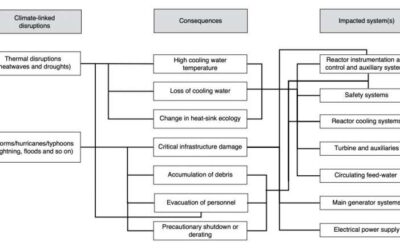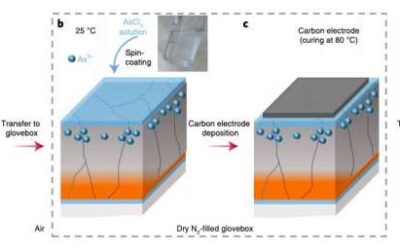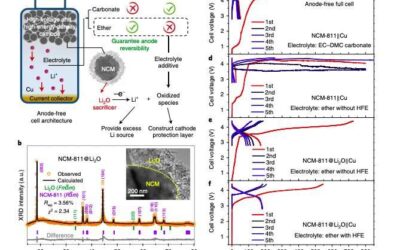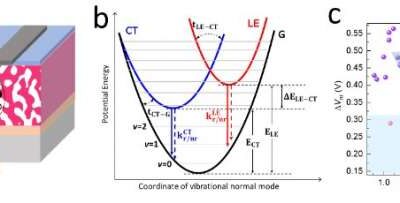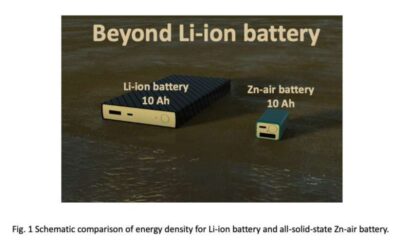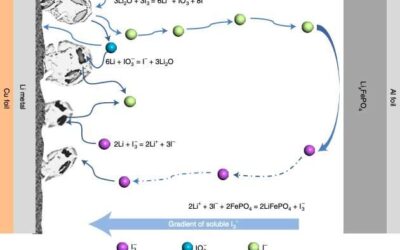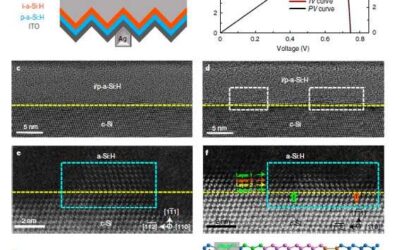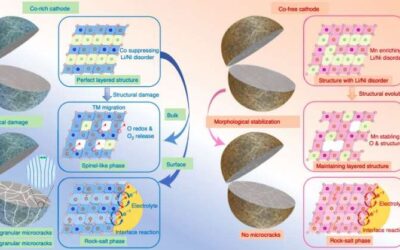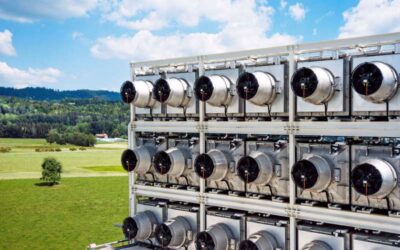Past research suggests that climate change and energy systems have a bidirectional relationship. In other words, just like emissions from energy systems can fuel climate change, climate change could also expose the vulnerabilities or shortcomings of energy systems.
Energy & Green Tech
Researchers demonstrate low-temperature and effective ex situ group V doping of polycrystalline solar cells
In recent years, engineers have created a variety of solar technologies using different types of materials. These include solar cells based on cadmium telluride (CdTe), a stable crystalline semiconducting compound comprised of cadmium and tellurium.
A high-energy density and long-life initial-anode-free lithium battery
Lithium-metal batteries (LMBs), an emerging type of rechargeable lithium-based batteries made of solid-state metal instead of lithium-ions, are among the most promising high-energy-density rechargeable battery technologies. Although they have some advantageous...
Study provides a unified description of non-radiative voltage losses in organic solar cells
In recent years, researchers have been trying to develop increasingly efficient and advanced solar technologies. One way of increasing the efficiency of solar cells is to reduce energy losses (i.e., voltage losses) caused by non-radiative recombination processes.
Using polymer inhibitors to enable larger dynamic windows
Dynamic windows are a valuable technology that can help to decrease the carbon footprint of buildings. Dynamic windows are a class of windows with adjustable tint that allow users greater control over the flow of light and heat passing through them.
Researchers create new zinc-air pouch cells
Zinc-air batteries (ZABs) are among the most promising next-generation battery technologies due to their many advantageous characteristics. Most notably, these batteries have unique half-open structures, a significant theoretical energy density (1,086 and 1,370 Wh...
A strategy to rejuvenate dead lithium inside batteries
Li-ion batteries and other emerging lithium-based battery technologies are currently used to power a wide range of devices, including smartphones, laptops, tablets and cameras. Despite their advantages, batteries containing lithium do not always retain their...
A new strategy to enhance the performance of silicon heterojunction solar cells
Crystalline silicon (c-Si) solar cells are among the most promising solar technologies on the market. These solar cells have numerous advantageous properties, including a nearly optimum bandgap, high efficiency and stability. Notably, they can also be fabricated using...
Investigating the role of cobalt in rechargeable batteries to develop more effective cobalt-free cathodes
Many automotive companies worldwide are currently investing in the development of electric vehicles, which could help to reduce greenhouse gas emissions. Electric vehicles require large rechargeable batteries that exhibit a high performance, durability and...
Researchers assess the life-cycle of industrial air capture plants operated by Climeworks
The ultimate target of many environmental interventions is to drastically reduce CO2 emissions and minimize its presence in the air. One tool that could help to achieve this goal is direct air capture (DAC) technology, which directly filters CO2 from the air, often...

